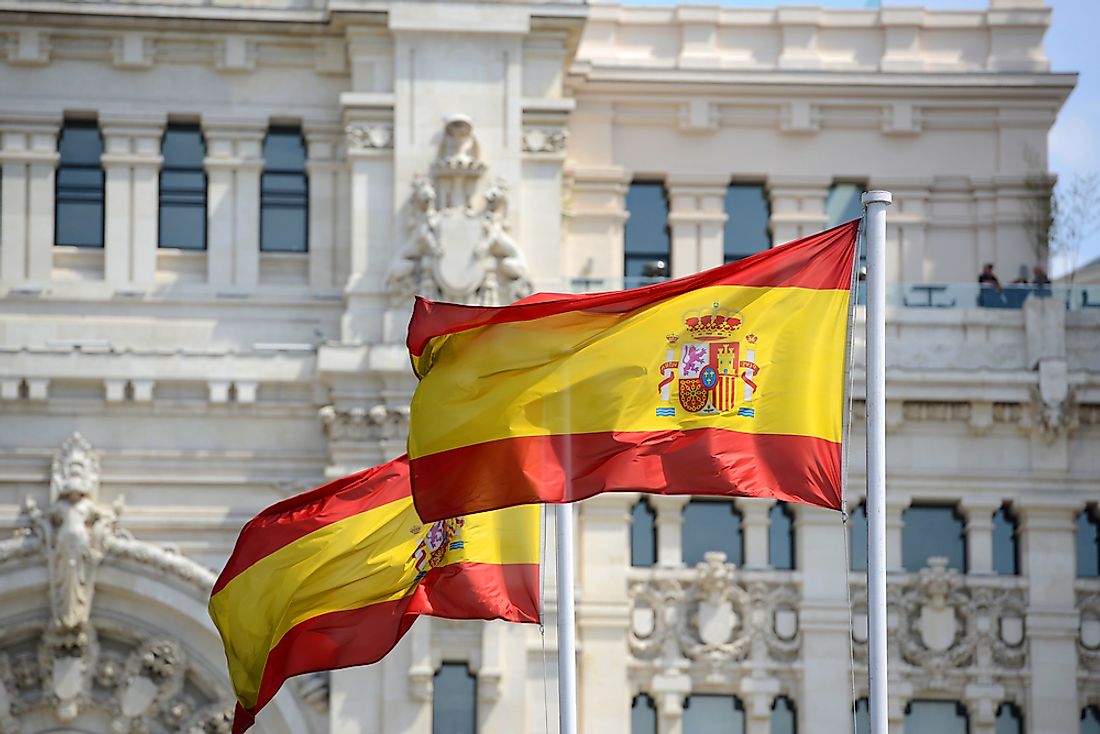What Type of Government Does Spain Have?

The Kingdom of Spain is a parliamentary constitutional monarchy guided by the 1978 constitution. The head of government is the king, a position which is hereditary. Daughters are allowed to inherit kingship only if the king has no sons. The government is a devolved one with autonomous regions and regional governments. Spain is divided into seventeen autonomous communities and two autonomous cities. Though the regions have their local government, the state still retains overall sovereignty. Before taking office, the king is supposed to take an oath of office swearing that he will uphold the constitutions and perform his duties.
The Constitution Of Spain
The Spanish constitution was promulgated in 1978. The constitution was drafted to eliminate dictatorship and make Spain a parliamentary monarchy. The constitution devolved power to the regions. The constitution is a symbol of democracy in Spain, and the monarchy is expected to uphold the sovereignty of the constitution. Though the constitution states that the king is the head of state, his position is a symbolic one meant to promote national unity and as a symbol of devolved power to the autonomous regions.
Functions Of The Head Of State
The king is the head of state and the commander-in-chief of the armed forces. The king, according to the constitution, is the symbol of peace and permanence. Typically, the king does not play major governing roles in the country, but he is the highest representative of Spain in international affairs. The king may ratify laws, arbitrate and moderate the running of institutions, to dissolve the government and call for elections, to propose, appoint or fire President of Government and to preside over meetings of the Council of Ministers at the invitation of the President of Government.
Branches Of The Government Of Spain
Like most of the governments in the world, Spain has the executive, legislative, and judicial arms of government. These branches act under the stipulations of the constitution to achieve their various functions. The executive is composed of the President, vice-president, and the Council of Ministers. The executive is responsible for local and foreign policies and is answerable to the legislature. The legislature is made up of two chambers, the Congress of Deputies and the Senate. The Congress of Deputies is made up of 350 members who represent the mainland provinces and autonomous communities. The members of the legislature serve a four-year term. The legislature approves the prime minister proposed by the monarch. The judiciary is independent of the legislature and executive in executing its functions and is governed by the General Council (lawyers and judges). The judiciary is composed of three units for the administration of justice including administrative, criminal and labor. The Supreme Court is the highest court in Spain. Each autonomous region has its own high court.
The Electoral Process
Spain has different elections for a different official of the various posts of the government. The members of the Congress of Deputies and the Senate are elected in general elections while representatives of local and regional autonomous governments are elected in different elections. Elections are open to Spanish citizens above the age of 18 as well as members of the European Union. Elections are usually held after four years or after the dissolution of the legislature by the king.











